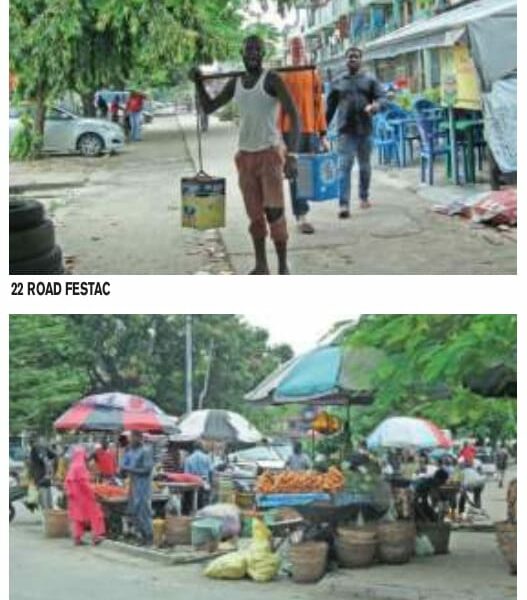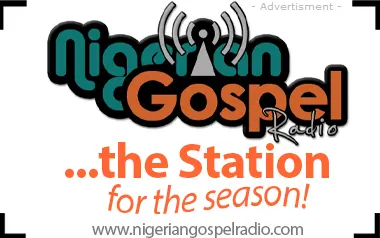By Vera Wisdom-Bassey
Festac ‘77 was once known as the Second World Black and African Festival of Arts and Culture. It was a major international festival held in Lagos from 15 January 1977 to 12 February 1977. It celebrated African culture, showcasing it to the world, from music, fine art to fashion.
Today, Festac Town can be likened to a city of its own, as there are various segments of sprawling housing estates. It has a network of cul de sacs and streets that link into roads.
Some of these streets are so popular that even a new visitor in Lagos could identify with names such as First Avenue, 2nd Avenue, 21 Road, and 23 Road, among others.
Coming into Festac Town from First Gate, you would find the Mother and Child Maternity by the right. On 21 Road a little to the left, assorted vehicles are on display. Also, branded buses and Sienna minivans belonging to different transport companies scream the routes, from Accra, Ghana, to Enugu in the South East.
From here, one can connect to the Festac Police Station, market, post office and residential areas. A five-minute drive takes you to the popular Holy family Catholic Church that draws thousands of people to its weekly programmes.
The only functional post office in Festac is on 22 Road. Holy Family Catholic Church and Kachi’s Shawarma are also on this road, as well as MRS filling station. 22 Road also plays host to a series of eateries.
Festac is a mesh of residential and business areas. But that wasn’t in the books from the word go. Many of the flats in the residential areas have been converted to business centres. Along 512 Road, one will find many shops, which weren’t the case before. An example is the popular phone shop, Slot, located on the road.
The 512 Road also houses other phone and accessories stores. So, if you want to purchase a new phone, repair an old one, 512 is a place to be. Besides, 512 is home to Ituah Hospital and Pharmacare. No doubt, this is one of the busiest parts of Festac Town. Half of the street is occupied by businesses, while the other half is dominated by residential buildings and schools.
Overtime, some folks from the Northern part of the countries have carved a sizable space for themselves here, where they live and also do retail businesses on wheels. Ten to 20 years ago, it wasn’t a familiar sight in this part of Lagos.
The 23 Road is another area where businesses have made an inroad. Located before Alakija and after 23 Road, it can pass for a commercial neighbourhood in Festac Town. That’s not all.
There are a few hot-spots around. In a way, it is the red light district of Festac Town. Skimpily dressed call girls are seen ghosting by the roadside at night. By day, these ladies present themselves as hair-dressers and do sundry brisk businesses.
If you want to shop in Festac Town, 23 Road is inviting. The experience here goes beyond the ordinary act of buying your favourite items. It’s an art on its own. It has a shopping mall named after it and other exotic shopping centres, with small businesses here and there.
Another popular street in 401 Road is 4th Avenue. It is mostly a district of residential buildings –the usual block of flats and few duplexes – yet filled with different kinds of business.
Opposite are some hangout spots, banks and other small shops. Some people say 401 is home to notorious Lagosians. In contrast, First Avenue is a mix of residential, business district and nightlife. A walk down the street is full of amazing discoveries.
At First Avenue, some of the small personal houses owned by Lagosians have been converted to business shops and rented out for businesses. Daily, buildings are being converted into office spaces.
At night, another aspect of 1st Avenue will reveal itself: Bars, night clubs and restaurants will light up the place. Thumping beats from speakers and chatters fill the night.
Festac wears a new look now. For the original dwellers of Festac, this is disturbing. For the new entrepreneurs, Festac Town is a fertile ground for business. But, what of the distorted master plan of this once serene environment?











